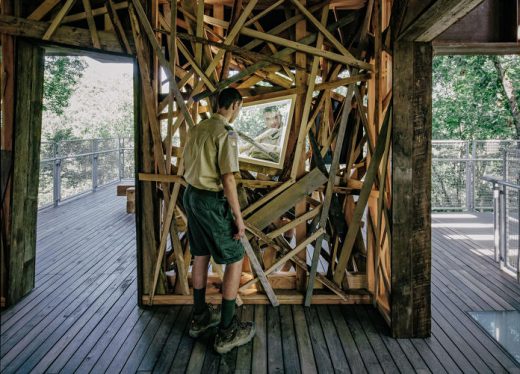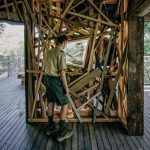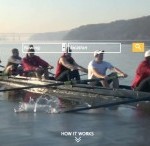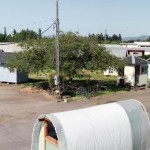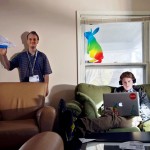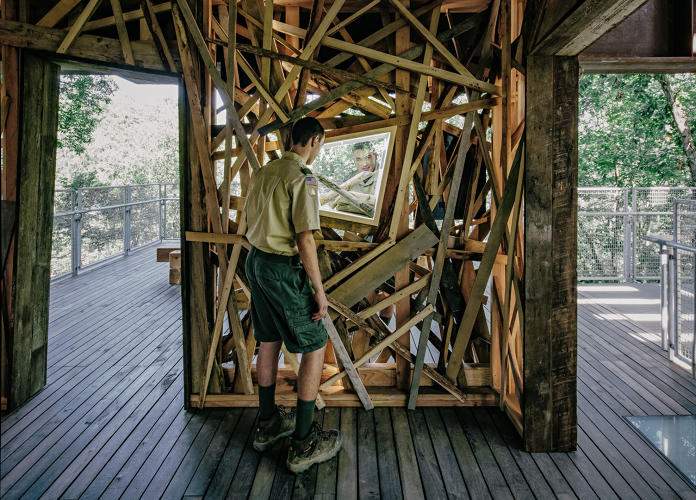Can Great Design Bring The Boy Scouts Into The 21st Century?
The Boy Scouts of America has had its fair share of troubles in recent years, from abuse allegations to discrimination, which eventually led to a Supreme Court case in 2000. On top of that, the group’s membership is steadily declining. As the 116-year-old legacy organization struggles with its past, the Boy Scouts is also trying to reconcile its practices to stay relevant in the future.
Part of this pivot involves nudging the internal conversation toward sustainability, an important global issue that wasn’t directly addressed until recently. To help spark that discussion, the Boy Scouts enlisted the San Francisco–based design consultancy Volume to design its visitor’s center and an exhibition about environmentalism inside a massive treehouse at The Summit, a 10,000-acre site in West Virginia where the organization hosts its Jamboree, a 10-day activities festival held every four years.
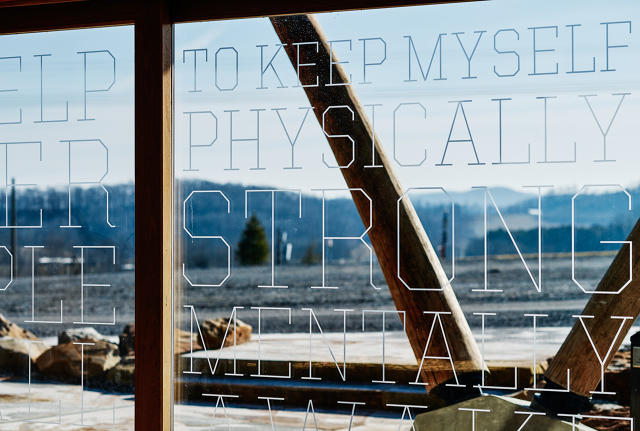
“They came to us and said, ‘We have over 10,000 acres of adventure activities—zip lines, rock climbing, whitewater rafting, ropes courses, and skate parks—so what we want you to do is talk about sustainability,'” says Adam Brodsley, a partner at Volume. “We thought, ‘Okay, well, those kids are going to be like flying—it can’t be like taking pages from a high school textbook and sticking them on the wall. That’s not really going to stop anyone.’ We were really aware of that situation and creating some kind of really engaging space in this building that’s actually going to get people talking and expose them to messages in a really interesting way.”
To that end, Volume’s team thought about how to use interactive installations, environmental graphics, and creative storytelling to make the make the exhibition a memorable experience. For example, one of the most important parts of the project is the structure in which the installation is housed. Designed by the architecture firm Mithun (commissioned independently from Volume), the Sustainability Tree House adheres to the Living Building Challenge, a rigorous set of building standards for energy and resource use.
The tree house offers a physical embodiment of the lessons set forth in Volume’s exhibition. As people ascend the 125-foot-tall building, they’re met with different lessons about the environment, and can see firsthand how those lessons have informed the building’s construction. For example, the building is kitted out with reclaimed materials, photovoltaic panels, wind turbines, and a large cistern and water cleansing system. Volume’s exhibition serve to explain why all these systems are so important to the mission of sustainability.
“It’s basically a demonstration building to expose children to an idea of how we can build buildings to be more symbiotic with nature,” Brodsley says. “If you look at a tree in a forest, that’s basically how this tree house is working. A tree gets its energy from the sun, all of its leaves kind of fall to the ground become food for its roots, and it collects water. It doesn’t need outside resources. That’s one floor of the exhibition, comparing a tree in the forest to the tree house.”
Volume emblazoned the building with punchy large-scale graphics and worked with a McSweeney’s writer to enliven the text throughout the installation. For example, the tree trunk installation calls out how its bark is like a house’s plumbing system, but a cross section showing how old it is also marks the ring for Justin Bieber’s birthday. “Humorous things like that provide a moment of surprise and relevance to 14 year olds,” Brodsley says. Another installation uses a bike to power LED and incandescent light bulbs to contextualize how much energy it takes to illuminate each one.

“As designers, we’re used to working in urban environments and doing boutique retail design and that sort of thing, but this was an audience that doesn’t normally get exposed to this type of design and it was a real opportunity,” Brodsley says. In addition to the Sustainability Tree House, Volume also designed the Summit Reserve’s visitor’s center, which uses archival photographs, artifacts, ephemera, and super graphics to tell the history and mission of the Boy Scouts.
Before the Boy Scouts hired Volume, the organization decided that sustainability was going to be a main touch point for the Summit Reserve experience. In some ways that ties into the organization’s mission to “prepare young people to make ethical and moral choices over their lifetimes,” since issues pertaining to resource efficiency can boil down to just that. (Is it ethical and moral to keep a lush green lawn when you live in the desert? No.)
But while the sustainability conversation is all well and good, it skirts the diversity problem—one of the sorest spots on the Boy Scouts’ record and a missed opportunity. “All those political issues that are going on blew up as we started working on [the project] and it became a real public issue,” Brodsley says. “That was not really something that we were focused on or overtly talked about.”
While the Boy Scouts have officially lifted a ban on gay troop leaders, it left a loophole in the policy that lets religious chartered organizations—which operate 70% of its troops—select leaders based on their beliefs, including those on sexuality. Moreover, it still doesn’t allow female scouts, though the Venturing program is open to male and female members.
In a way, Volume’s project is similarly bittersweet. While its work is exceptional and tells the sustainability story in an enticing way, the scope isn’t big enough to spur the broad-sweeping change the organization could use. It’s an internally facing project, aimed at the Boy Scouts membership that treks to West Virginia to attend the annual Jamboree. There’s huge potential to extend this visual communication strategy into more public-oriented initiatives from the organization.
“If the Boy Scouts run everything they’re doing through a design lens, they could be more relevant and meet that goal of being relevant for another 100 years,” Brodsley says. “We saw that from the way people responded to the [tree house] building and how successful it was and how it would work.”
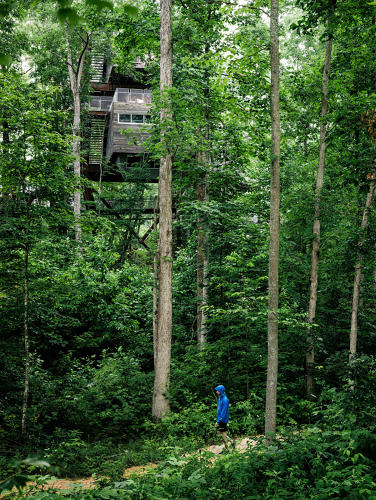
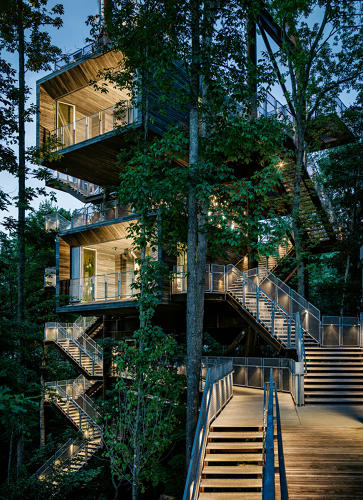

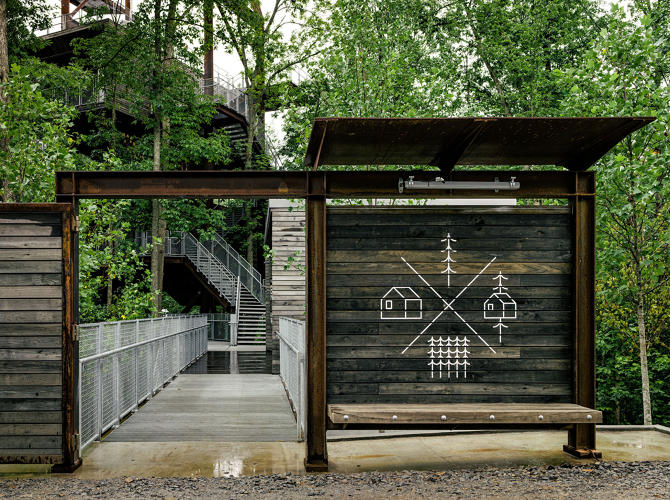
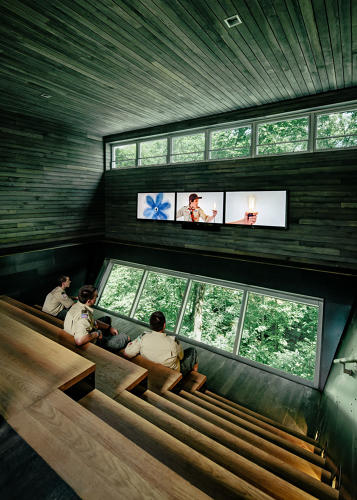
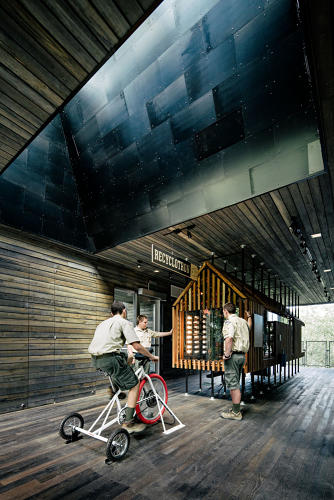
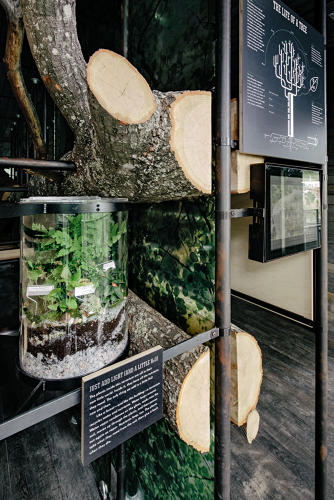

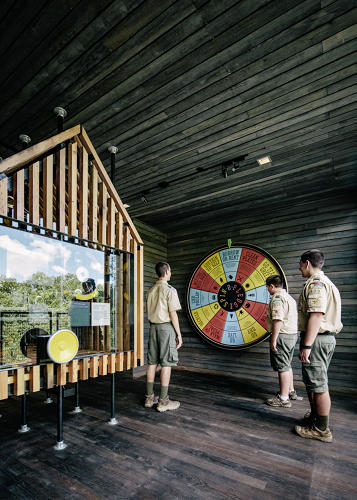
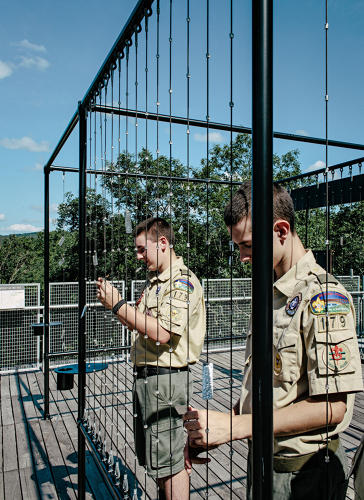
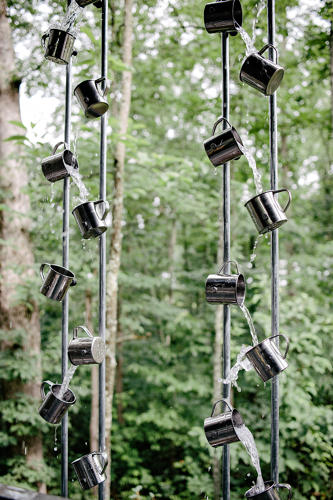
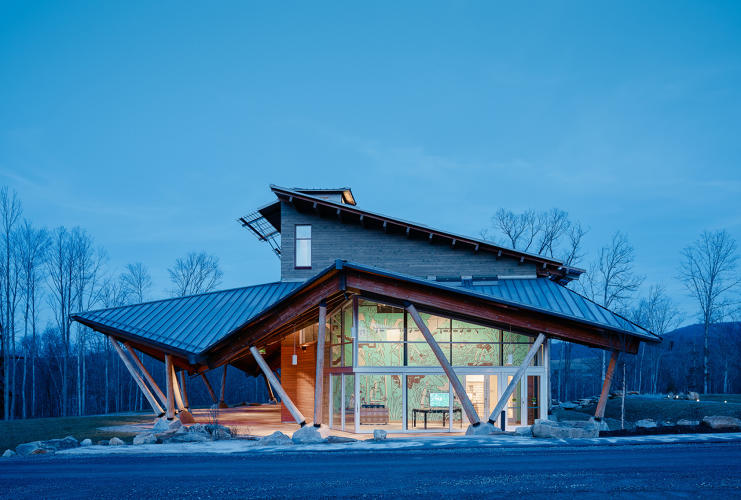
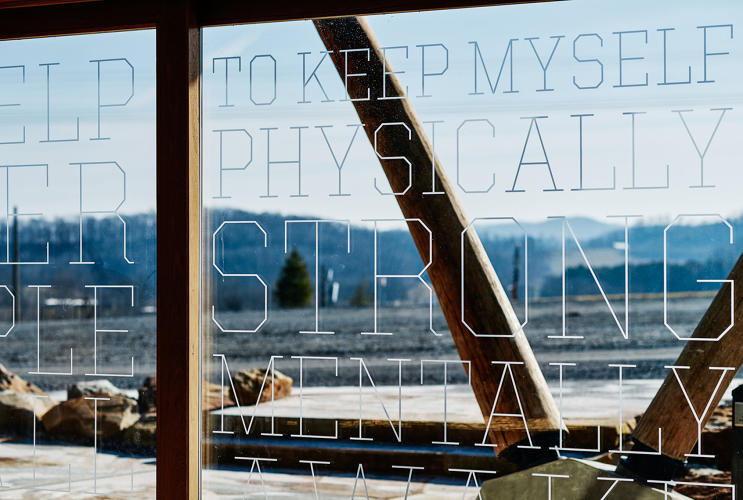

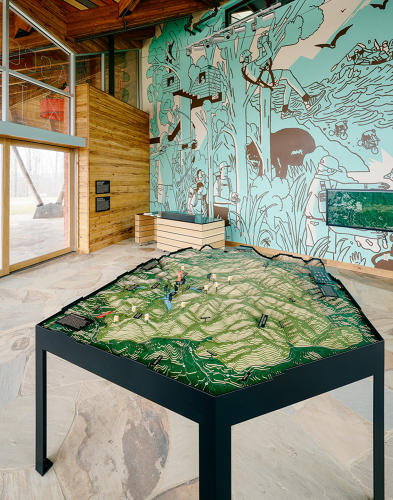
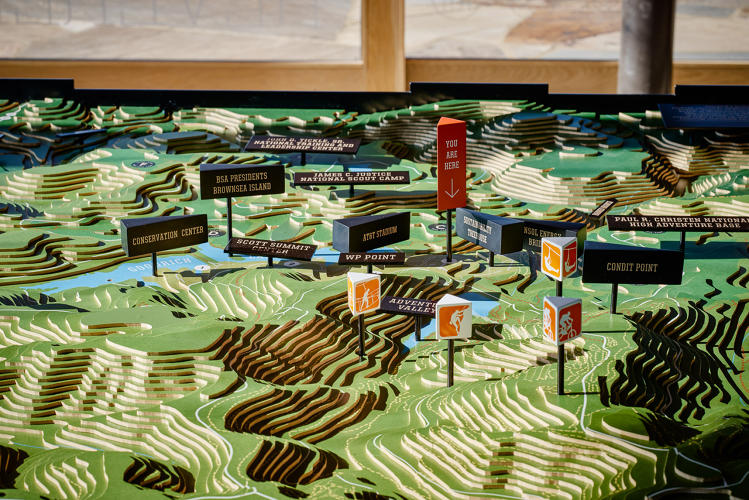
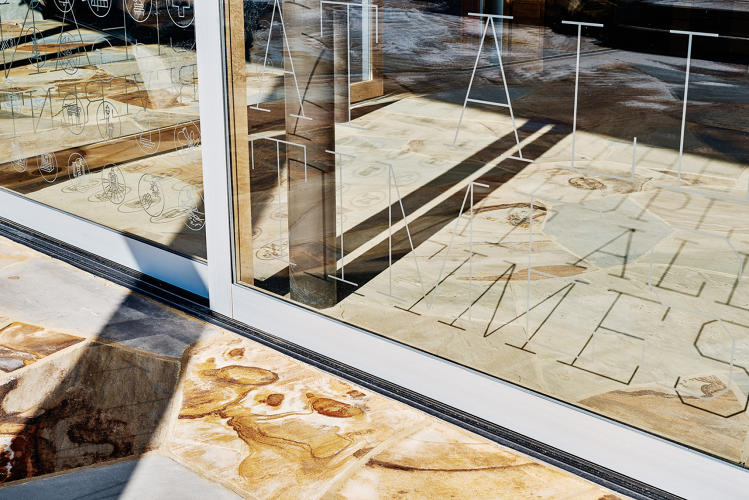

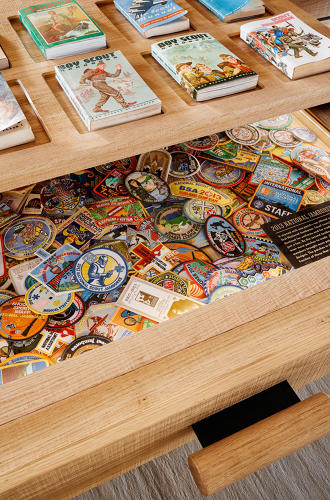
Fast Company , Read Full Story
(23)

